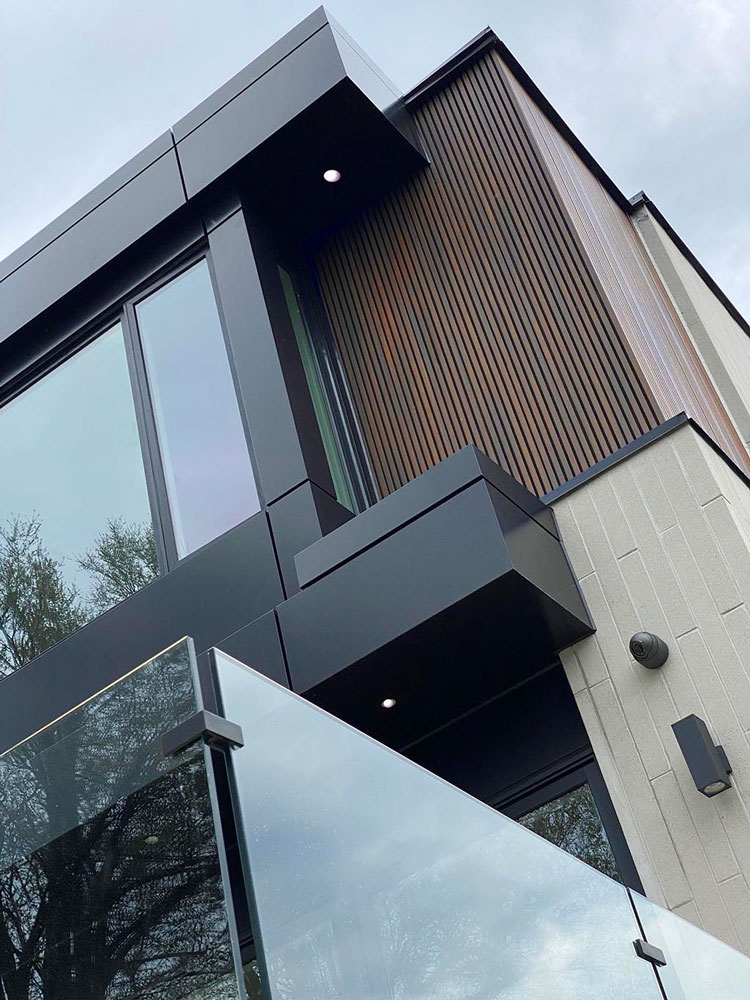Fluted Panels and the Art of Sound: Unveiling the Acoustic Elegance
In the realm of design and architecture, few elements manage to strike the delicate balance between aesthetics and functionality as gracefully as fluted panels. These panels, celebrated for their timeless charm and versatility, have adorned countless spaces throughout history. Today, we embark on a journey to unravel their often-overlooked role in shaping the acoustic environment. Welcome to the world of fluted panels and acoustics.
The Harmony of Form and Function
Fluted panels are admired for their captivating grooved patterns, which have graced architectural wonders from ancient Greece to modern skyscrapers. They lend a touch of sophistication and charm to any space, making them a popular choice among designers. Yet, beneath their decorative facade lies a lesser-known talent: their ability to influence sound.
The Acoustic Alchemy of Fluted Panels
Sound, often the unsung hero of design, plays a vital role in how we experience spaces. It can enhance our comfort or disrupt our peace. Here, fluted panels step onto the stage, transforming mere walls into acoustic canvases.
How Fluted Panels Impact Acoustics
Sound Absorption: The grooves and ridges of fluted panels create irregular surfaces that disperse and absorb sound waves. This feature is particularly valuable in large spaces with potential for echo and noise buildup.
Diffusion: Fluted panels can scatter sound waves in various directions, reducing the intensity of direct reflections. This diffusion effect enhances the overall acoustic quality of a room.
Noise Control: In commercial spaces or open-plan offices, fluted panels can serve as acoustic partitions, helping control noise and create quieter zones.
Acoustic Applications of Fluted Panels
Fluted panels find practical application in a range of settings:
Theater and Auditoriums: In performance venues, fluted panels contribute to clear sound projection and minimize reverberation, ensuring that every note and word reaches the audience with precision.
Restaurants and Cafes: The pleasant hum of conversation and the clinking of glasses create a lively atmosphere in eateries. Fluted panels help maintain this ambience while preventing noise from becoming overwhelming.
Residential Spaces: Fluted panels can be used in homes to create intimate acoustic environments in home theaters, libraries, or music rooms.
Designing with Acoustics in Mind

While the acoustic properties of fluted panels are undoubtedly valuable, their integration into a design requires careful consideration. Here are some tips:
Material Matters: The choice of material affects both the aesthetics and acoustics of fluted panels. Wood, for instance, may offer a warm and rich sound, while metal can introduce a contemporary edge.
Panel Placement: Strategic placement of fluted panels can maximize their acoustic benefits. Consider their location in relation to sound sources and seating areas.
Thickness and Depth: The thickness and depth of the grooves can impact the panel’s acoustic performance. Experiment with variations to achieve the desired sound characteristics.
A Symphony of Beauty and Sound
In the world of design, fluted panels prove that form and function can harmoniously coexist. Beyond their aesthetic allure, these panels silently contribute to the acoustic character of a space, shaping our experiences in subtle yet profound ways. Next time you encounter fluted panels gracing the walls of a theater or a café, take a moment to appreciate the acoustic elegance they bring to the environment—a hidden masterpiece of design.
Fluted panels are architectural elements characterized by grooves or ridges. They impact acoustics by absorbing, diffusing, and controlling sound waves, thus enhancing the acoustic quality of a space.
Fluted panels offer sound absorption, diffusion, and noise control. They can reduce reverberation, minimize direct reflections, and create quieter environments in various settings.
Fluted panels find applications in theaters, auditoriums, restaurants, cafes, residential spaces, and open-plan offices to enhance sound quality and control noise levels.
Yes, the choice of material can impact the acoustic characteristics of fluted panels. Wood, for example, may introduce warm sound qualities, while metal can offer a contemporary edge.
Consider strategic panel placement in relation to sound sources and seating areas. Experiment with variations in panel thickness and groove depth to achieve desired sound characteristics.
Yes, it’s important to balance the aesthetic and acoustic aspects of fluted panels. Pay attention to the material, panel placement, and groove depth to achieve the desired acoustic effect while complementing the overall design.
Yes, fluted panels can serve as acoustic partitions in open-plan offices, helping control noise and create quieter work zones, improving overall workplace comfort and productivity.
Regular cleaning and maintenance are essential to preserve the acoustic properties of fluted panels. Ensure that grooves and surfaces remain free from dust and debris that could affect their performance.
Yes, fluted panels can be used in residential settings to create acoustic environments conducive to home theaters, music rooms, or areas where sound quality is a priority.
Yes, customization options for fluted panels allow designers to tailor them to meet specific acoustic requirements, including sound absorption, diffusion, or noise control.
Fluted panels often enhance the visual aesthetics of a space due to their unique textures and patterns. They can be a decorative element that complements the overall design.
Guidelines may vary depending on the specific project and goals. Consult with acoustic experts or architects experienced in acoustic design for tailored recommendations.












